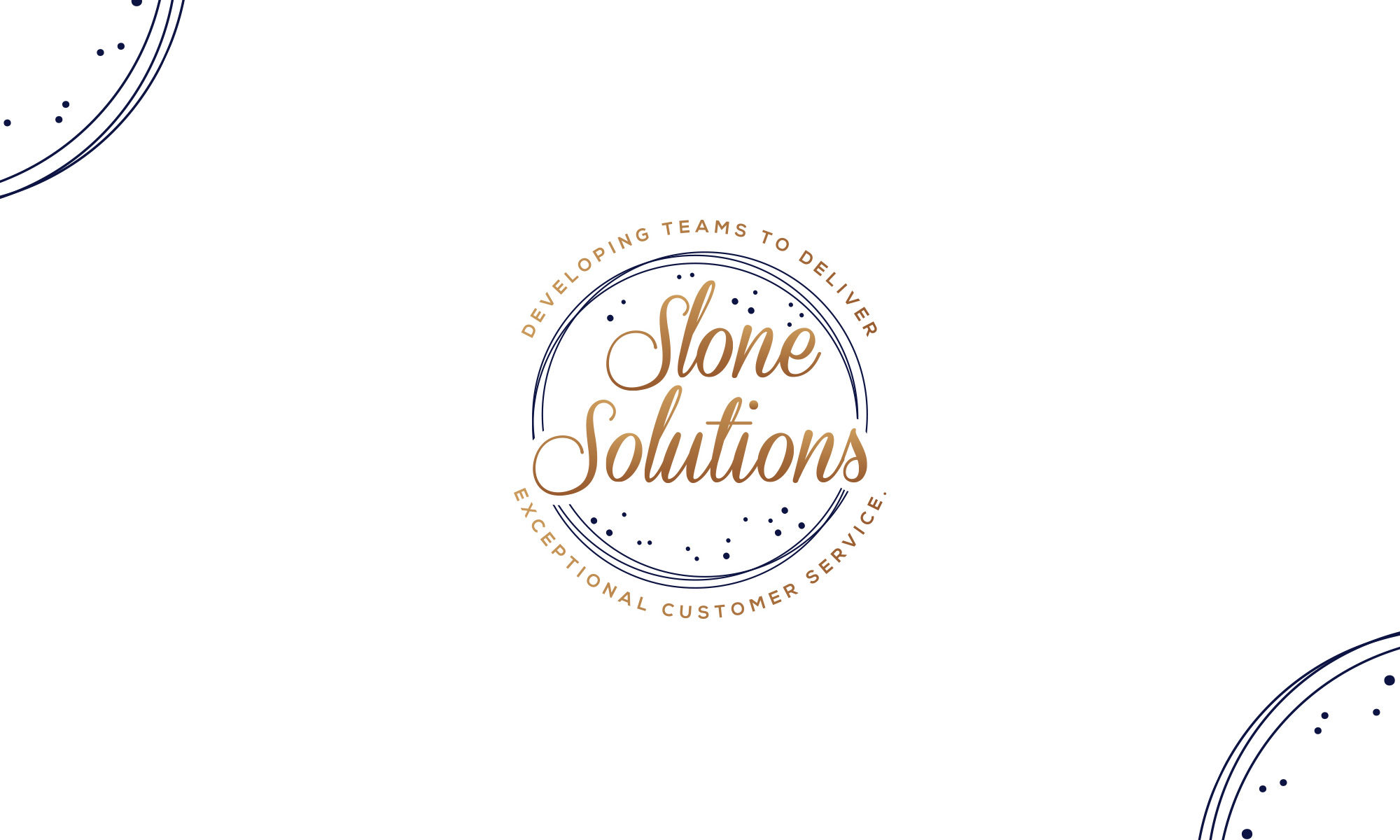 One of the things I love best about living in the Midwest is the change of seasons. The transition from summer to fall is stunning. There is apple picking and pumpkin lattes. Fall foliage explodes into a kaleidoscope of colors. Cool nights turn to warm days, challenging one to creatively dress for arctic morning commutes with the ability to peel layers from the afternoon sun. You can feel the expectation of the holiday season. You can smell the change of seasons in the air.
One of the things I love best about living in the Midwest is the change of seasons. The transition from summer to fall is stunning. There is apple picking and pumpkin lattes. Fall foliage explodes into a kaleidoscope of colors. Cool nights turn to warm days, challenging one to creatively dress for arctic morning commutes with the ability to peel layers from the afternoon sun. You can feel the expectation of the holiday season. You can smell the change of seasons in the air.
Fall is a favorite because we prepare for it. We prune perennials, shrubs, rake leaves, mulch, guess how many times the grass will need to be cut before dormant winter arrives. We prepare for Fall and the winter season ahead. We become the ants in Aesop’s fable of The Ants and the Grasshopper.
If you’re unfamiliar, the fable provides a lesson for balancing work and play. The story illustrates how a spirited grasshopper experiences the perils of a harsh winter because he didn’t prepare for it. As he plays his fiddle alongside a parade of working ants he asks:
“Where are you going with those heavy things?” asked the grasshopper.
Without stopping, the first ant replied, “To our ant hill. This is the third kernel I’ve delivered today.”
“Why not come and sing with me,” teased the grasshopper, “instead of working so hard?”
“We are helping to store food for the winter,” said the ant, “and think you should do the same.”
The ants are diligent in their seasonal preparations. When winter arrives, the grasshopper is homeless, hungry and starving because of his lack of planning. So, whether you experience the shift in temperatures or not, as Fall arrives, is your team thinking like the Ant or the Grasshopper?
What is the team doing to prepare for consistent customer engagement? What resources are available to make the best of every client and guest experience? Developing efficiencies for our teams is paramount. With the hustle and bustle of the holiday season on the horizon, this is the time to create a plan. The holidays and year end rush seem to arrive earlier every year. Do you have methods in place to meet the timely demands of the season? Are you Deviating from the Process to deliver superb customer service?
Time is a limited commodity for everyone; especially near year end as we scramble to meet deadlines and year end quotas. We feel a necessity to pack in as much as possible before the new year begins. Daylight savings and earlier sunsets bring more urgency to our day. For the Midwest, we drive to and from work in the dark. The loss of daylight emphasizes the race against the clock. Time becomes the essential we need more of.
To provide the best client engagement experience this season, a gift of TIME.
TIME
Tell the team the purpose and focus for client engagement. Tell them how, tell them when, and tell them often. Whether it’s reinforcing the company mission or implementing a process for the busy season ahead, be certain it’s clearly communicated to all staff on a regular basis. When teams know the WHY; the intent, the motivation and purpose for operations, they can produce and provide memorable moments with impact. Most importantly provide the tools necessary for staff to be successful. Brene Brown writes in Dare to Lead:
“When you have a value printed on posters, hanging in the halls, but you don’t dig into the behaviors that support it and teach people those behaviors, you’re in BS territory.”
Implement every day. The initiative, whether a new process, service recovery plan or new enterprise should be considered a MUST DO; a non-negotiable for operations. When we make exceptions, “misplace” consistent efforts, slack off because “we don’t feel like it,” we cheat our staff, our brand, deplete our leadership credibility, and the client experience suffers. This is when accountability becomes an issue and sustainability is lost. Consistent implementation is the only path to sustainable success.
Measure Results. Implementation without measurement is folly. Adding metrics to initiatives supports sustainability, team focus and provides insights for future enterprise. After a month, 45 days, a quarter; was the process faster? Did it increase guest satisfaction? Was there a profit? Increased gross? Increased sales? Increased social media presence? Client Inquiries? Website hits, etc. Know your WHY to identify the proper metrics for success.
Extend Appreciation. When you see your staff implementing and making an impact on the client experience, provide feedback. Show appreciation. Appreciation builds momentum, impacts culture, and increases employee retention. It’s a skill every leader in an organization should master. Simple truth, people want to know they are contributing. They support the world they help create. Be certain express gratitude for the team members who service your clientele.
May this gift of TIME impact your team’s operations, provide consistent client experiences and add credibility to your leadership style. Happy Fall!
For more details and workshops dedicated to leadership development, visit www.slonesolutionsllc.com.

 When you set a goal for yourself, do you listen to your internal dialogue? Are you aware of how you talk to yourself? Is your glass half full? Half empty? Refillable? Do outside elements influence you? The weather? Traffic? The clock?
When you set a goal for yourself, do you listen to your internal dialogue? Are you aware of how you talk to yourself? Is your glass half full? Half empty? Refillable? Do outside elements influence you? The weather? Traffic? The clock?








 In this season of thanks, and with the hustle and bustle of the holidays upon us, a conversation on customer service and customer service expectations should be addressed. We share stories about our customer service experiences when it’s surprisingly amazing or when our experience goes horribly wrong. We retell our encounters to friends and family and post our reviews online and throughout social media. We speak in awe over the amazing heart felt interactions of exceptional staff or relay our bafflement over the lack of common sense and insight of staff who simply do not care.
In this season of thanks, and with the hustle and bustle of the holidays upon us, a conversation on customer service and customer service expectations should be addressed. We share stories about our customer service experiences when it’s surprisingly amazing or when our experience goes horribly wrong. We retell our encounters to friends and family and post our reviews online and throughout social media. We speak in awe over the amazing heart felt interactions of exceptional staff or relay our bafflement over the lack of common sense and insight of staff who simply do not care.